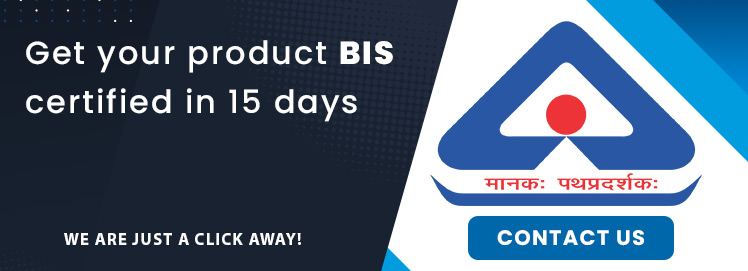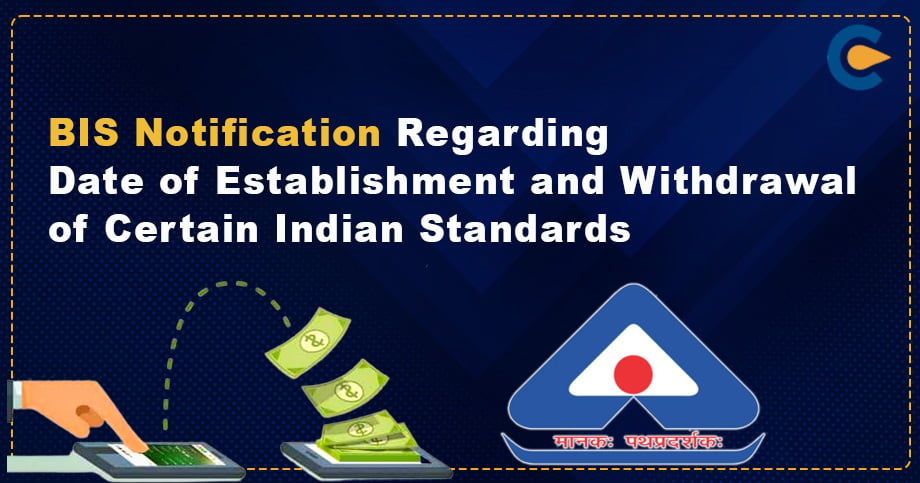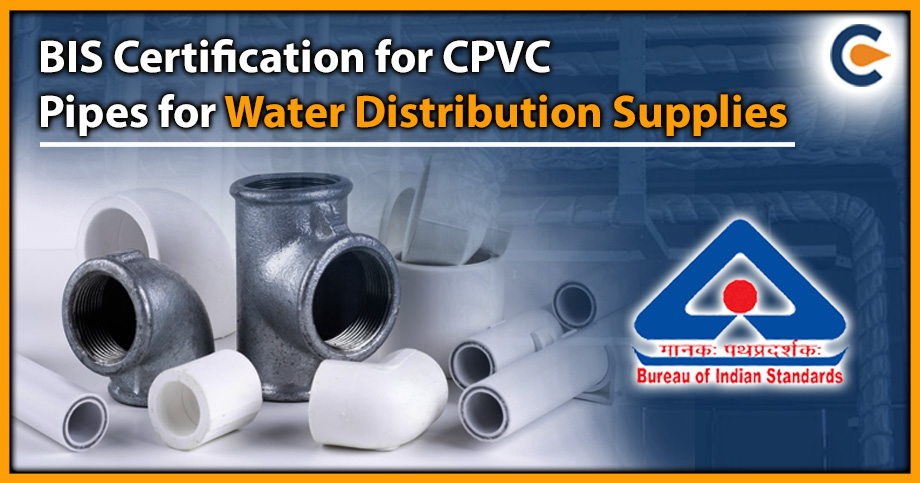Compound cattle feed refers to a mixture of multiple feed ingredients in an apt ratio. Widely-used ingredients used in the production of cattle feed include brans, protein cakes/meals, grains, agro-industrial by-products, vitamins, and minerals. The history concerning the production of compound feed dates back to the early twentieth Century. The evolution of knowledge concerning amino acids and vitamins led to the rise in the production of compound feed. Today, compound cattle feed is produced at a much wider scale and in massive quantity. Owing to this reason, the Government in conjunction with the BIS has tightened the regulations on how these products should be processed and tested. Let’s discover what these requirements are and how can you secure the BIS certification for compounded cattle feeds.
Note: The Compound Cattle Feed falls under the BIS Conformity Assessment Scheme- which means this product should be mandatorily registered under the ISI scheme.
An Overview Of IS 2052: 2009 and Its Role in BIS Certification
IS 2052: 2009 refers to an Indian Standard that specifies sampling and testing guidelines for compounded cattle feeds, widely used for livestock consumption. The standard has categorized Compounded cattle feeds into the following types:
- Type I
- Type II
Compound cattle feed cannot be available in forms other than meals, cubes, or pellets.
The use of hazardous constituents, adulterants, and metallic fragments is prohibited in the production of compound cattle feed.
Manufacturers must use the ingredients as advised by the standard in the production of cattle feeds. The material should not deviate from the requirement cited in the standard.
When the proportion of urea being used in the production of compound cattle feeds should not exceed 1% by mass.
Ascertaining the quality of the compounded cattle feeds is paramount for manufacturers either for selling the products or qualifying for the BIS license. The following tests should be taken into account in this context.
- Ingredients Test
- Estimation Of Vitamin D3
- Test For The Chemical Composition Of Ingredients
- Estimation of Aflatoxin B1
- Estimation Of Vitamin E
A laboratory shall be aptly administered, in which these tests shall be conducted as per the methods cited in the standard.
Marking Norms under BIS Certification for Compounded Cattle Feeds
Each bag containing compounded cattle feeds should reflect information as cited in the standard. Besides, these bags must bear a mandatory ISI marking. The manufacturers must refer to IS 2052:2009 for packing and marking their products.
The manufacturer must secure the BIS certification from the BIS to use ISI marking. The grant of this license shall entirely depend on the assessment, performed by the BIS officials[1], of the production process, manufacturing infrastructure, quality control, and testing capabilities.
Documents Needed For BIS Certification for Compounded Cattle Feed
Listed below are the key paperwork that one must arrange to apply for a BIS certification for compounded cattle feeds:
- Factory License
- List Of Apparatus And Equipment In The Lab
- Pollution NOC Accorded By SPCB
- A Lab Report Affirming The Product Quality
- Partnership Deed Or COI
- Details Of The Product(S) Requiring A BIS ISI License
- Details Of Production-Related Machinery
- Flowchart Showing The Production Process
- Trademark Registration
- An Authorization Letter For An Agent To File A BIS License
How To Obtain BIS Certification For Compounded Cattle Feeds?
Here is the detailed procedure to secure the BIS license for cattle feeds:
Step 1: File Application under the ISI Scheme
The application relating to BIS ISI certification can be accessed from the BIS portal. Once you get access and open the form, the portal will prompt you to fill out the same with legitimate details.
Following this, you must proceed to upload the documents in the advisable file format. Finally, head to the next section where you would require to submit the fee, which comprises the inspection expenses also. Once done, your online application filing process shall come to an end.
Note: An individual application for BIS certification can only register one product type. Those with different products have to file a single application for each product type.
Step 2: Thorough Premise and Document Inspection
In this crucial phase, the authority shall undergo the inspection process in which they will vet the paperwork and the premises for any non-conformity.
While inspecting the premise for non-compliance, the officials will prioritize the following parameters:
- Manufacturing Infrastructure
- Production Process
- Testing Capabilities
- Standard(S) Being Followed
Note: After finishing the premise inspection, the officials will proceed to the next important step- Sample(s) collection. The sample shall be collected via sampling methods cited in the standard.
Step 3: Lab Testing and Report Preparation
The authority shall dispatch the collected samples to the certified lab where the following tests take place for quality assurance.
- Ingredients Test
- Estimation Of Vitamin D3
- Test For The Chemical Composition Of Ingredients
- Estimation of Aflatoxin B1
- Estimation Of Vitamin E
The completion of these tests shall lead to the subsequent phase, which is report generation. While preparing the report, the lab technicians shall add their observations, findings, and test outcomes.
Step 4: Report Review and Grant of BIS License
In this step, the applicant shall collect the lab report and furnish it to the authority for final review.
The authority, in response, vets the lab report and based on their findings shall decide whether to grant the BIS certification for compounded cattle feeds or not.
Conclusion
BIS certification for compounded cattle feeds mandates manufacturers to align their testing and sampling methods with standardized practices as advisable under the standard. This way they can render high-quality produce with prolonged consistency and effectiveness. Securing a BIS ISI license is indeed a compulsion but in reality, it lends many benefits to the manufacturers such as improved recognition of the products, better quality, and lasting relationship with end-users.
Also Read:
What Is BIS Certification In India?













